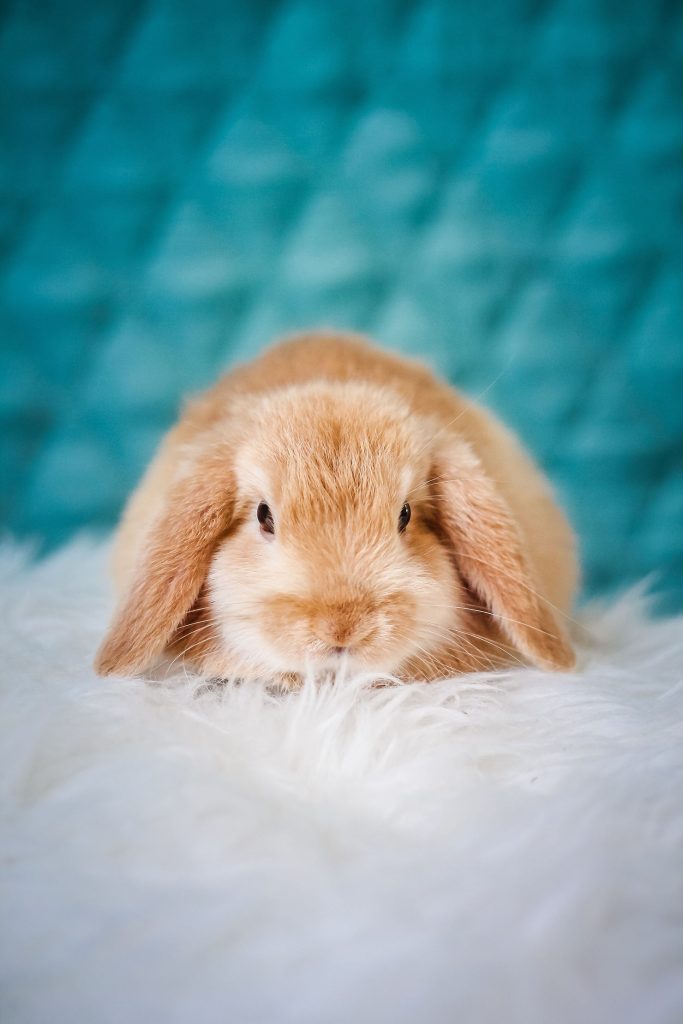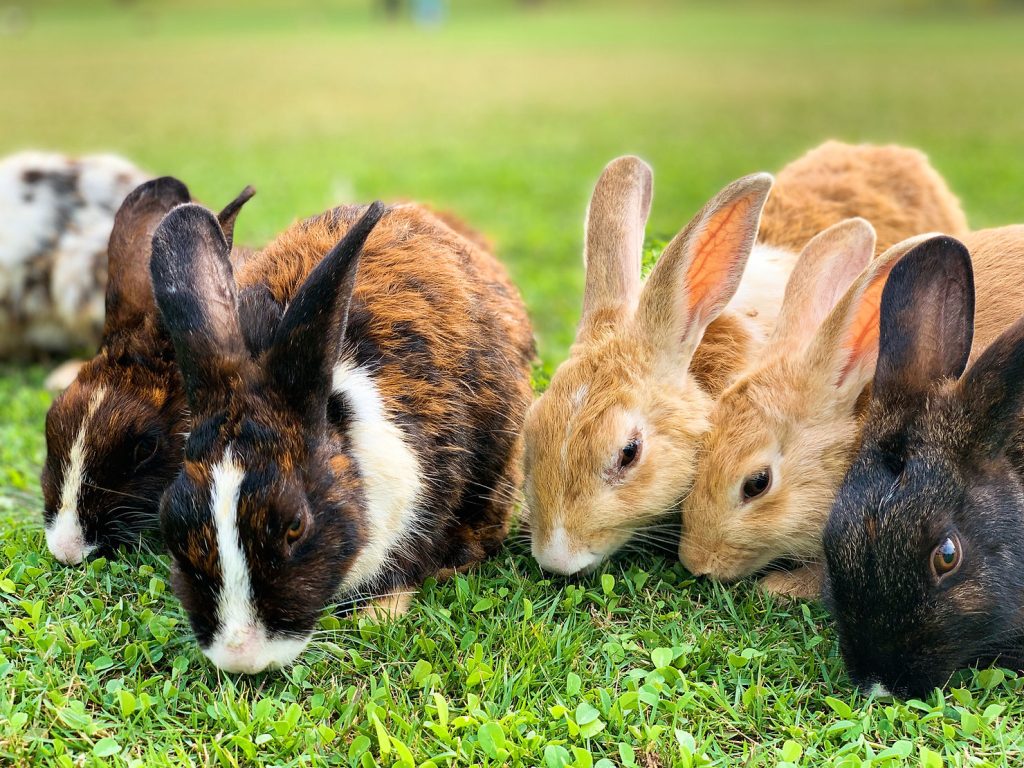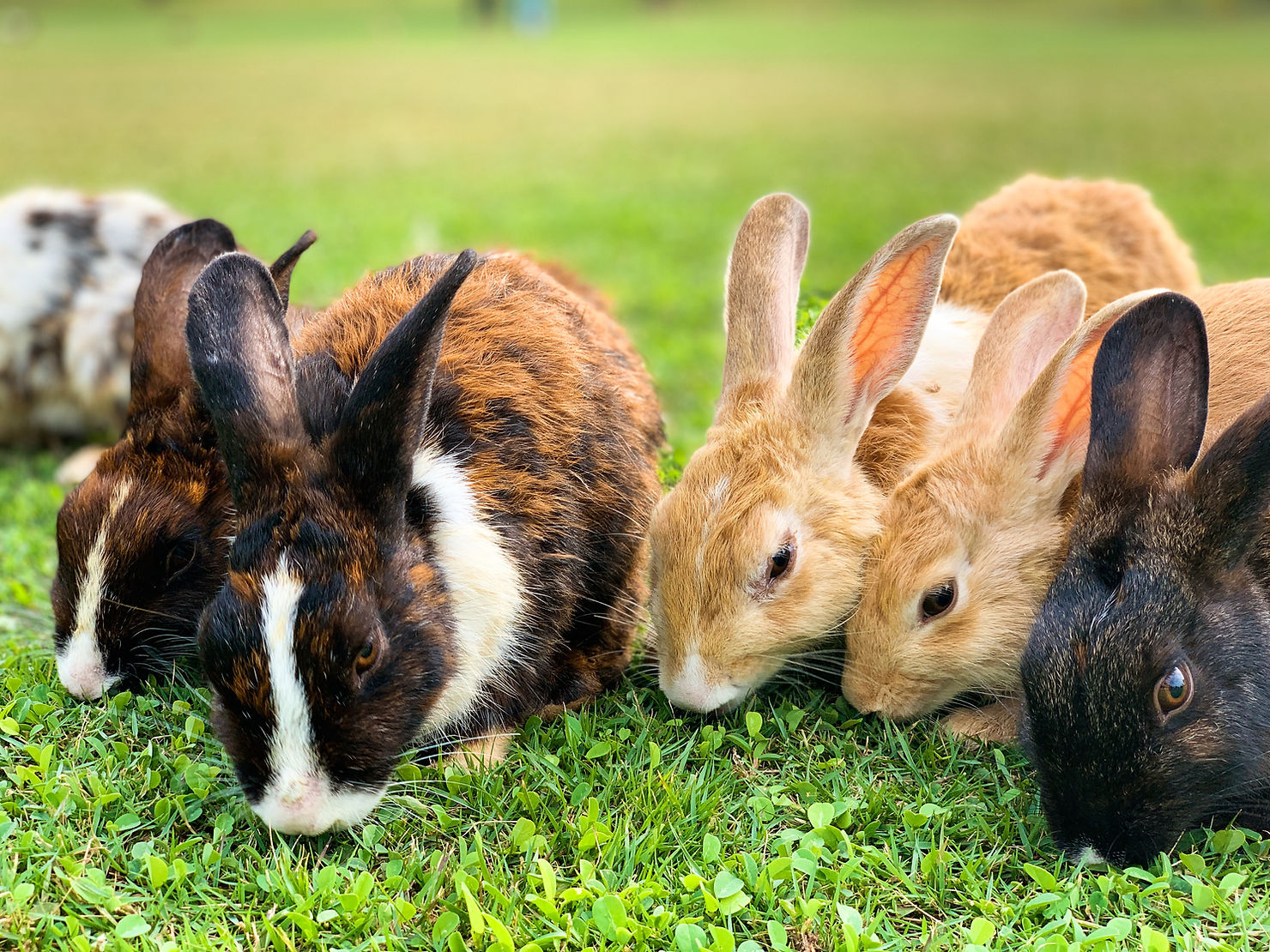A Comprehensive Guide to Keeping Bunnies Happy at Home—and How to Move Them Across Borders Safely
Learn how to care for rabbits and navigate rabbit import/export USA procedures, including crate setup, quarantine, and international bunny relocation tips.
Introduction: More Than Floppy Ears and Cotton Tails
Rabbits are increasingly popular as companion animals—and for good reason. They’re intelligent, affectionate, clean, and can even be litter-trained. But while they may look low-maintenance, rabbits require thoughtful daily care, veterinary attention, and special considerations when traveling abroad.
Whether you’re a lifelong rabbit parent or planning a relocation across countries, this guide will help you navigate daily care needs and the intricacies of rabbit transport, international rabbit relocation, and rabbit import/export USA regulations.
1. Common Pet Rabbit Breeds and Their Characteristics
Rabbits come in a variety of shapes, sizes, and temperaments.
| Breed | Weight | Notable Traits |
| Holland Lop | 2–4 lbs | Small, sweet, good for beginners |
| Mini Rex | 3.5–4.5 lbs | Plush coat, gentle nature |
| Lionhead | 2.5–3.5 lbs | Fluffy mane, very social |
| Flemish Giant | 15–20 lbs | Huge, docile, needs space |
| Dutch | 4–6 lbs | Playful, alert |
Different breeds may require different enclosure sizes, dietary quantities, and travel crate dimensions—critical when planning relocation.
2. Basic Daily Rabbit Care
Housing
- Minimum space: 3x their body length in all directions
- Indoor living is safest; outdoor enclosures must be predator-proof
- Flooring: no wire mesh; use soft mats, fleece, or hay-based bedding
Litter Training
- Most rabbits can be trained to use a litter box
- Use paper-based or compressed wood litter (never clumping cat litter)
Diet
- 80% hay (timothy or orchard grass)
- 10–15% leafy greens (romaine, cilantro, parsley)
- 5% pellets (high fiber, low protein)
- Occasional treats: banana, apple slices, carrot tops
Grooming
- Weekly brushing; daily during molt season
- Nail trims every 4–6 weeks
- Never bathe a rabbit—they can go into shock
3. Social and Behavioral Needs
- Rabbits are social and should not live alone if possible
- Fixed pairs (especially neutered males + females) bond deeply
- Enrichment: tunnels, cardboard boxes, chew toys, puzzle feeders
- Avoid picking up unless trained—they feel unsafe when lifted

4. Veterinary Care
Common Medical Concerns:
- GI stasis (life-threatening if not treated quickly)
- Dental problems (overgrown molars)
- Ear mites or fleas
- Heatstroke
Preventive Care:
- Annual vet checks (with a rabbit-savvy vet)
- Vaccinations (required in EU, Australia; not in U.S.)
- Neuter/spay for behavior and cancer prevention
5. Legal Restrictions and Quarantine
Before relocation, check:
- Destination country’s rules for rabbit import (some ban rabbit entry)
- Quarantine requirements (Australia, NZ require 10–30 days)
- Health certificate signed by USDA-accredited vet
Some countries consider rabbits agricultural animals—not pets—so paperwork differs significantly.
6. International Rabbit Relocation: What to Expect
Step-by-Step:
- Check import/export rules of both countries
- Contact the airline about rabbit acceptance (many only allow in cargo)
- Get a USDA-endorsed health certificate
- Apply for destination import permits (if needed)
- Book a direct, climate-controlled flight
IATA-Compliant Travel Crate:
- Must allow bunny to stand, turn, and lie down
- Use absorbent bedding (shredded paper or hay)
- Attach frozen water bottles to prevent spillage
- No sedatives (rabbits are sensitive to CNS depressants)

7. Post-Travel Adjustment
- Monitor for signs of GI upset, stress, or dehydration
- Recreate familiar enclosure and routine as much as possible
- Reintroduce hay and favorite veggies gradually
8. Transcon Pet Movers: Bunny-Smart International Relocation Services
We understand that relocating a rabbit requires gentle handling, temperature precision, and compliance with strict documentation procedures.
Our rabbit transport and export/import USA services include:
- USDA health certificate prep
- Custom-sized, airline-approved crates
- Direct routing with minimal transfers
- Coordination with quarantine facilities (if needed)
- Real-time flight tracking and vet access
Final Thoughts: Rabbits Deserve Smooth Moves Too
Your bunny may be quiet, but they’re emotionally sensitive, highly aware of change, and rely on you for their entire world. When you relocate, plan early and thoroughly—and let experts handle the red tape.
Need to move your bunny abroad? Contact us today to make your rabbit’s relocation safe, legal, and as stress-free as possible.

